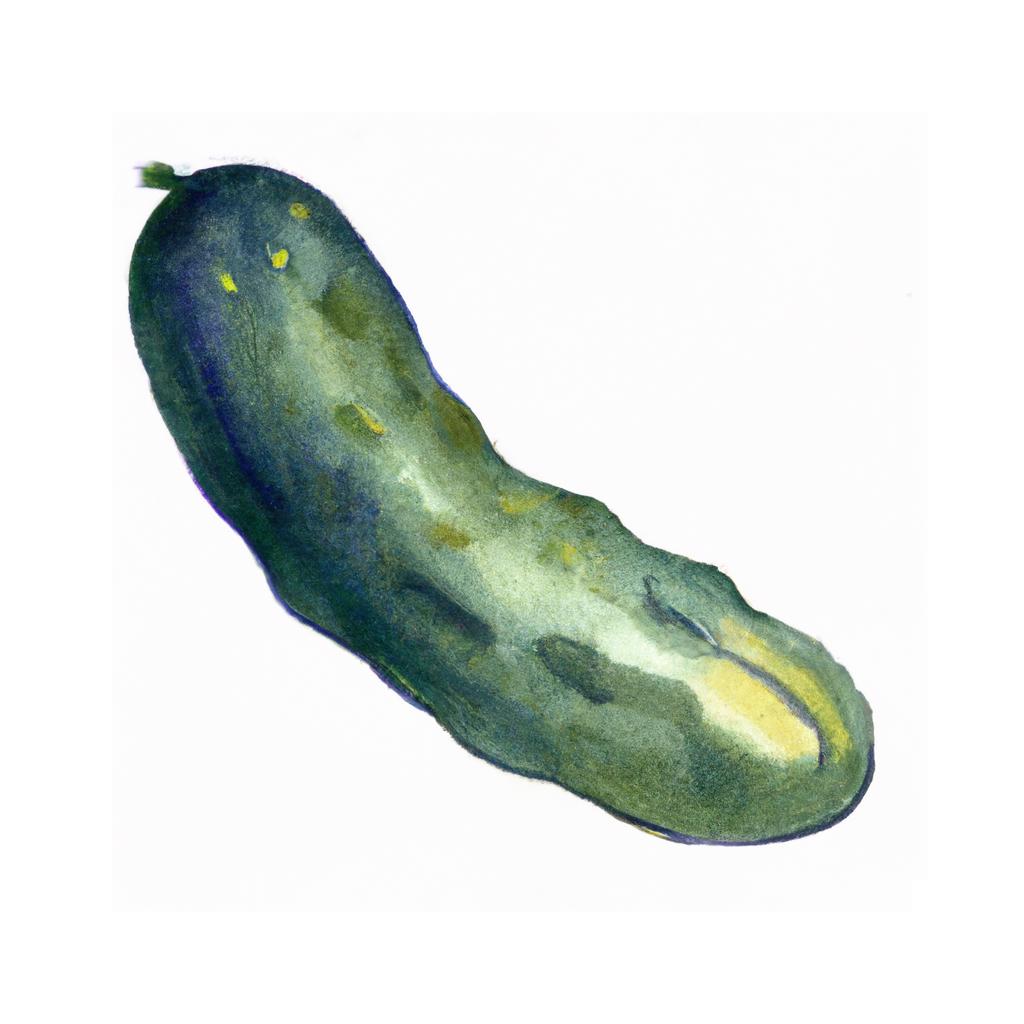
Cucumbers are versatile vegetables that belong to the gourd family (Cucurbitaceae), along with pumpkins, squash, and melons. They are native to South Asia, specifically India, but are now grown worldwide. Cucumbers are composed of 95% water, making them ideal for hydration and weight loss. They are low in calories, fats, and cholesterol, and are a good source of vitamins and minerals, including vitamin K, potassium, and manganese.
There are many varieties of cucumbers grown throughout the world, primarily differentiated by their size, shape, color, and intended use. The most common types include slicing cucumbers, pickling cucumbers, and English cucumbers. Slicing cucumbers are usually consumed fresh, while pickling cucumbers, also known as gherkins, are small and have a thick, bumpy skin suitable for preservation through pickling. English cucumbers are longer, thinner, and have fewer seeds than other varieties, making them less bitter.
Cucumbers have a long history of cultivation, dating back to ancient civilizations such as Egypt, Greece, and Rome. They were introduced to Europe by the Romans and later brought to the Americas by Christopher Columbus. Today, China is the world's largest producer of cucumbers, followed by Turkey, Iran, Russia, and the United States.
In cuisine, cucumbers are often eaten raw in salads, added to sandwiches, or sliced and served as a cooling accompaniment to spicy dishes. They can also be made into relishes, chutneys, gazpacho, or tzatziki, a Greek yogurt-based dip. For a refreshing summer beverage, try adding cucumber slices to water or blending them into a smoothie. As for pickles, they are enjoyed all around the world in various forms, such as dill pickles, sweet pickles, bread and butter pickles, and even deep-fried pickles.
When growing cucumbers in your garden, they prefer well-drained soil, warm temperatures, and plenty of sunlight. Be sure to provide a trellis or support for the cucumber vines to climb on. Cucumbers are susceptible to pests such as cucumber beetles, aphids, and spider mites, so be vigilant in monitoring their presence and addressing any infestations promptly.
This is advice is most applicable to growers in the UK, you may need to adjust the timings if you live somewhere with a different climate and/or seasons.
| Month | Tasks | Advice |
|---|---|---|
| January | - | - |
| February | sow indoors, | Sow cucumber seeds indoors in seed trays, pots, or peat pots to give them a head start. Maintain a temperature of around 18-21°C (65-70°F) for optimal germination. |
| March | sow indoors, transplant seedlings, | Continue sowing cucumber seeds indoors if not done in February. Transplant seedlings into larger pots when they have two sets of true leaves. |
| April | harden off, plant out, | Begin hardening off indoor-grown seedlings by exposing them to outdoor conditions during the day, bringing them in at night. Plant cucumbers in their final growing location when nighttime temperatures are consistently above 10°C (50°F). |
| May | plant out, sow outdoors, | Directly sow cucumber seeds outdoors when soil has warmed and all risk of frost has passed. Plant out hardened-off seedlings. Provide support for climbing varieties. |
| June | water, fertilize, | Water cucumbers regularly, maintaining consistent soil moisture. Apply a balanced liquid fertilizer every two weeks. |
| July | water, fertilize, harvest, | Harvest cucumbers when they reach the desired size, typically 15-20 cm (6-8 inches) long for slicing varieties. Frequent harvesting encourages more fruit production. |
| August | water, fertilize, harvest, | Continue watering, fertilizing, and harvesting cucumbers. Picking them regularly will ensure a continuous supply of fresh cucumbers. |
| September | harvest, | Finish harvesting cucumbers before the first frost, as they are sensitive to cold temperatures. |
| October | - | - |
| November | - | - |
| December | - | - |